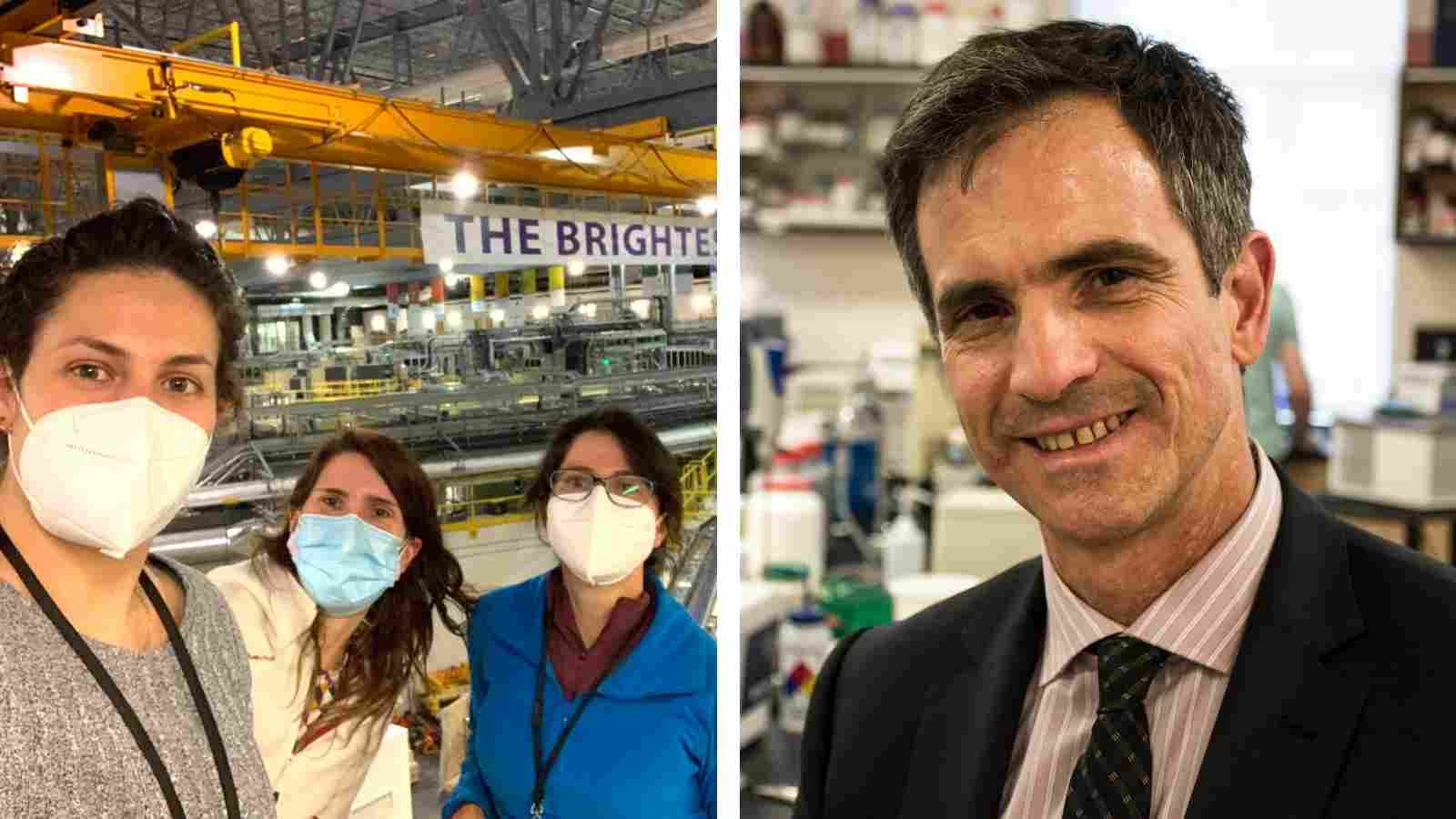Using light to develop vegan alternatives to meat and cheese
University of Guelph researchers are using the CLS to help develop sustainable, plant-based versions of popular foods.
By Victoria SchrammBurger.

“We need to urgently improve the sustainability and environmental impact of our food supply. The actions we take today will affect the future survival of humans on this planet,” said Dr. Alejandro Marangoni, Professor with the Department of Food Science at the University of Guelph and Tier I Canada Research Chair for Food, Health, and Aging.
His research team is working to develop sustainable, plant-based versions of foods like meat and cheese. The group used the Mid-IR beamline at the Canadian Light Source (CLS) at the University of Saskatchewan to analyze the microstructure of their prototypes.

This data will help with their long-term goal of creating plant-based foods with a similar texture, look, and taste as the meat-based versions that many people crave.
“The CLS has world-class capabilities in X-ray and infrared microscopy, which allows for the simultaneous imaging of the novel food materials while also providing information on the chemical groups responsible for functions like texture and appearance,” he said.
The team is hopeful that their vegan foods will benefit the environment as well as our taste buds.
Team members: Alejandro Marangoni (University of Guelph), Thamara Laredo (Lakehead University), Stacie Dobson (University of Guelph), Erica Pensini (Univeristy of Guelph), Jarvis Stobbs (CLS), and Amanda Quirk (CLS).
The researchers are grateful to the Natural Sciences and Engineering Research Council of Canada for funding this project.
Photos: Synchrotron | Mid-IR beamline | Marangoni, team, samples
Media Relations:
Victoria Schramm
Communications Coordinator
Canadian Light Source
306-657-3516
victoria.schramm@lightsource.ca
